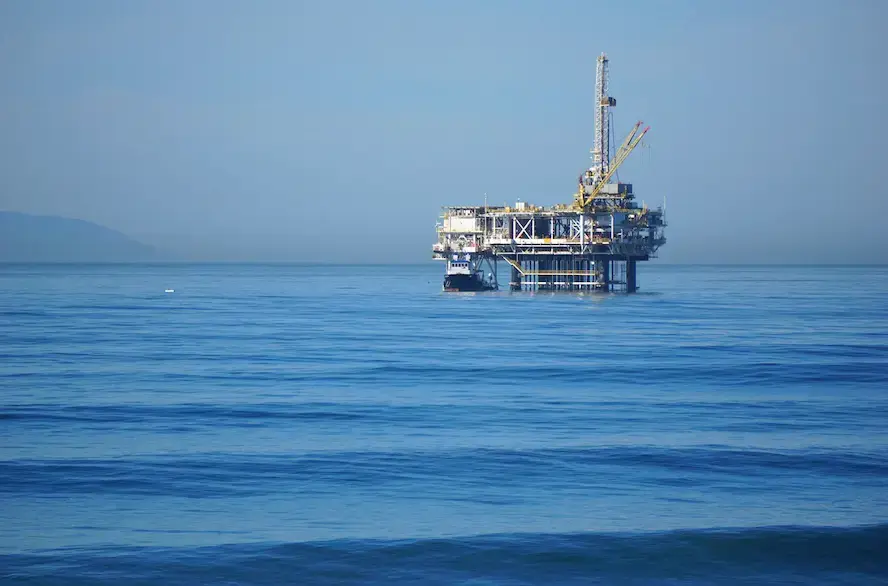Precise knowledge of the seafloor is crucial for the identification of potential oil reservoirs beneath the oceans. Since these areas are often difficult to access and lie at great depths, the seafloor is mapped using sound—a process known as reflection seismics.
Reflection Seismics: Fundamentals of Oil Prospecting
In reflection seismics, artificially generated seismic waves are studied. These waves propagate underwater and, similar to light rays, are partially refracted and reflected at layer boundaries. The reflected waves return to the water surface, where they are recorded by hydrophones. Analyzing this data allows conclusions to be made about the geological structures beneath the seafloor.
Common-Midpoint Method (CMP)
The CMP method is a common technique in reflection seismics. Multiple measurements are taken from a common midpoint. Stacking this data after applying a travel time correction (Normal Move Out) creates a detailed image of the underground structures.
Use of Pressure Sensors for Precise Positioning
In practice, a specially equipped ship pulls a streamer several kilometers long. Hydrophones are attached at regular intervals along these streamers to record the reflected waves. To determine the precise position (depth) of each hydrophone, they are equipped with pressure sensors.
STS Pressure Sensors: Precision Under Extreme Conditions
The positioning of hydrophones is often done using STS pressure sensors. These sensors need to measure pressures from 0 to 15 bar, with the actual measurement range being up to 2 bar (absolute) due to proximity to the water surface. The required accuracy is less than 0.3 percent of the total error in this range. Additionally, the sensors must meet specific size and durability requirements to withstand the extreme underwater conditions.
Conclusion
Oil prospecting beneath the seafloor requires highly accurate measurement techniques. Combining reflection seismics with precise pressure sensors enables a detailed analysis of the geological structures and significantly contributes to the successful identification of oil reserves.
